"Soma means worship ceremony, kocham means yard. Soma Kocham is the yard worship ceremony". This is the biggest worship ceremony of the year, a very Bahnar cultural feature of the ethnic minority villages at the source of the Hway stream (Dak To Pang commune, Kong Chro district, Gia Lai province).
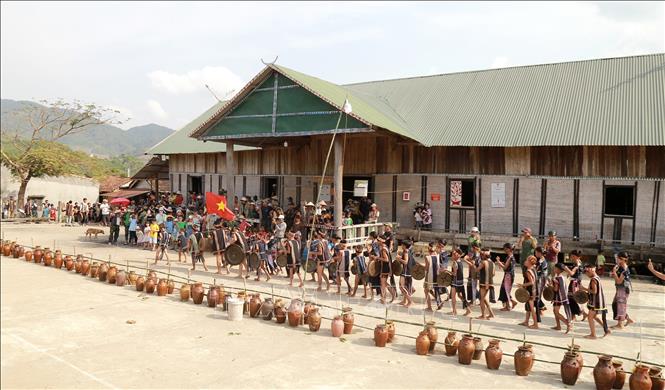
The Hway stream meanders, embracing the traditional Bahnar villages. In the open courtyard of the large Rong house, hundreds of children of Prang village are divided into many groups, busily preparing for the Soma Kocham ceremony. The elders meticulously split bamboo and trim bamboo strips. The young men prepare, cut and decorate the bamboo trunks to erect the pole. A fire is lit in the middle of the large yard to grill and stew the best meat for the ceremony. The gongs are cleaned and tested for sound. Women prepare traditional costumes for themselves and their children. The festival atmosphere is everywhere.
Elder Dinh Van Luong, a member of the Prang Village Elders Council, said that every year, the Bahnar people in Prang village hold a ceremony inside the Rong house and the Rong house yard. These are two major rituals of the village to commemorate the deceased villagers and pray to the Gods for a healthy year, favorable weather, and bountiful harvests. The yard ceremony also has the meaning of protecting the landscape and environment, and preserving clean water sources for the villagers.
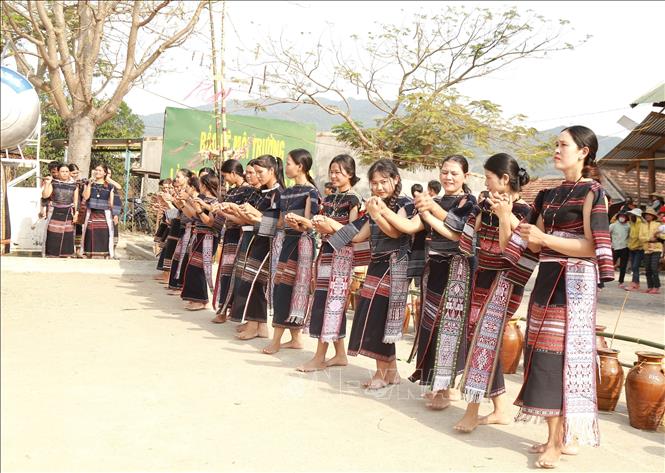
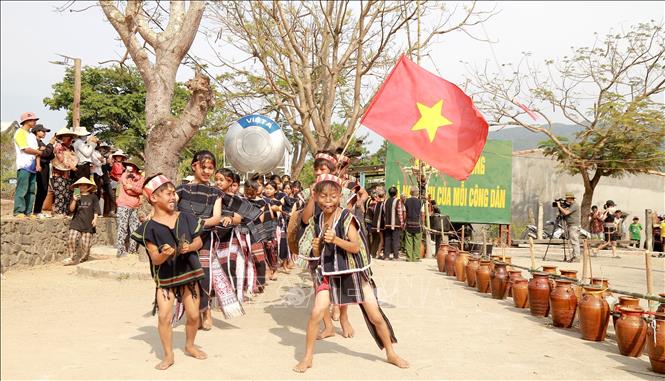
The festival begins at this point and lasts until the end of the next day. In the evening, villagers beat gongs, dance xoang and sing folk songs together until the moon sets… After this ceremony, villagers can go back to the fields with peace of mind, ready for a new crop season with the belief of warmth and abundance.
Over the years, the Bahnar villages have gradually changed. However, the unique traditional rituals are still being preserved and passed down. Under the shade of the Rong house standing tall in the middle of the village, witnessing the children immersing themselves in the gong and xoang dance, one can see that the work of preserving this unique cultural feature is on the right track. The cheerful and humorous image of the pơtual character (clown) of the two boys Dinh Minh (11 years old) and Dinh Ve (8 years old) makes viewers excited when they play the cymbals and clown with expressive faces. In Prang village, the love and pride for traditional culture has been preserved and taught by the whole village community for generations.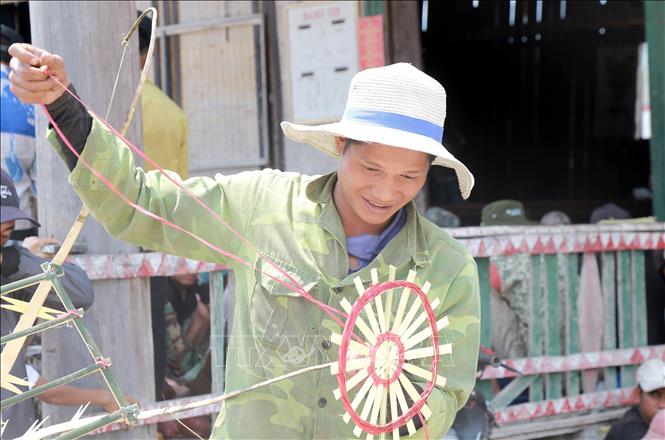
In particular, each ritual of the Soma Kocham festival is an opportunity for villagers to strengthen their spirit of solidarity and mutual support. Through the rituals, the local government propagates the Party and State's policies and guidelines on the economic , cultural and social development of the village.
Mr. Dinh Van Diu - Head of Prang Village happily said that in addition to the worshiping ceremonies inside and outside the Rong house, every two years, the village organizes a buffalo stabbing ceremony. In addition, each family and clan also preserves a number of other worshiping ceremonies such as po thi, moon worshiping, etc. Through each worshiping ceremony, the people become more united, and the young generation learns more about the traditional culture of the nation. Thanks to that, the worshiping rituals to the unique activities of weaving, brocade weaving, gongs, etc. of the Bahnar people are still taught and preserved from generation to generation.
Leaving Prang, leaving behind the solemn sounds of gongs and cymbals, along the winding concrete road along the Hway stream, the Bahnar village is changing through each season of the Soma Kocham festival.





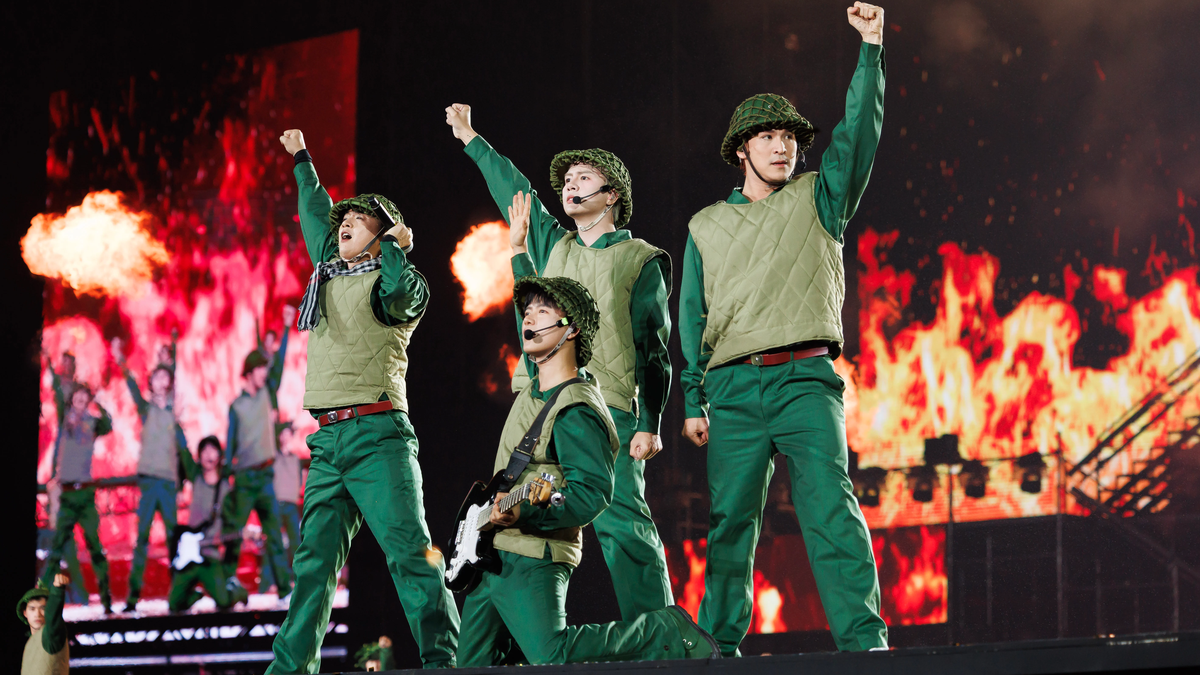
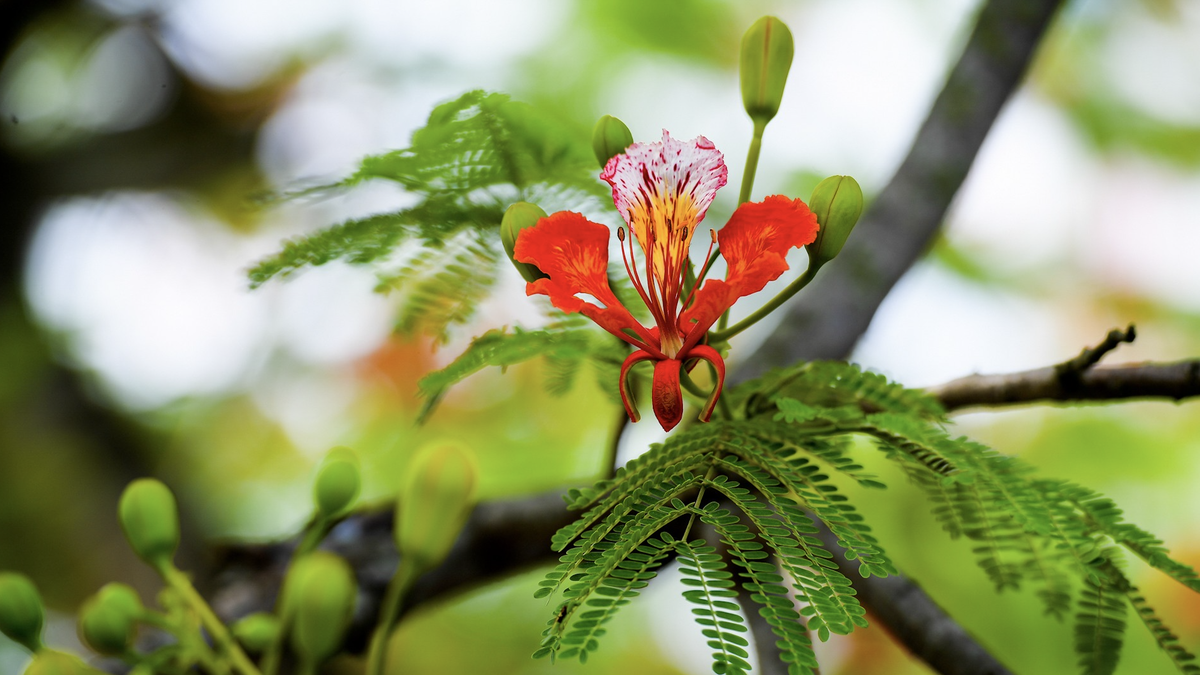

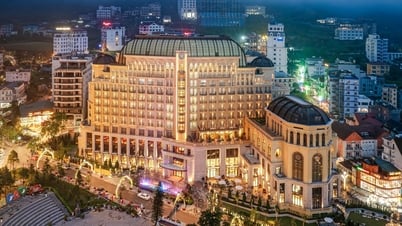


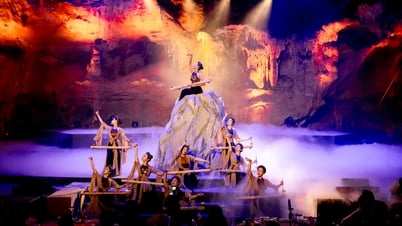


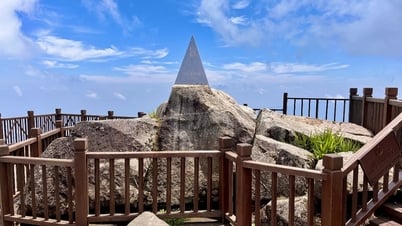
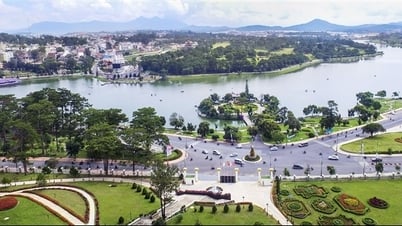












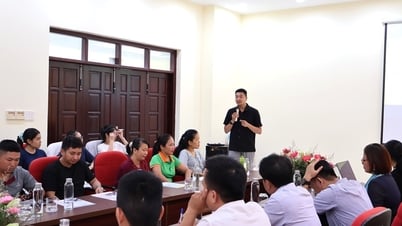

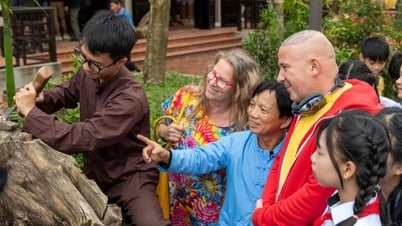










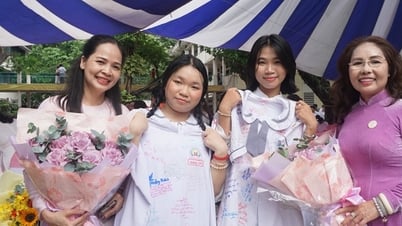

















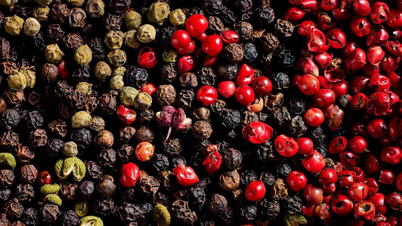
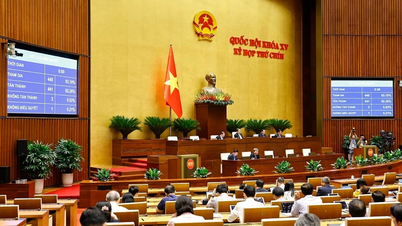

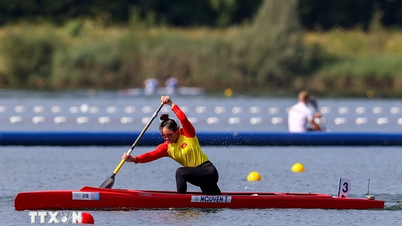


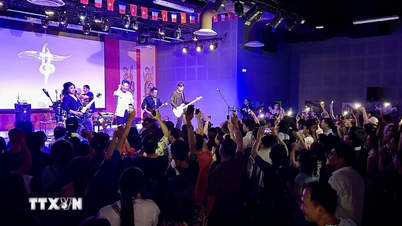


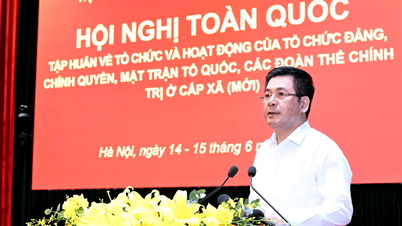


























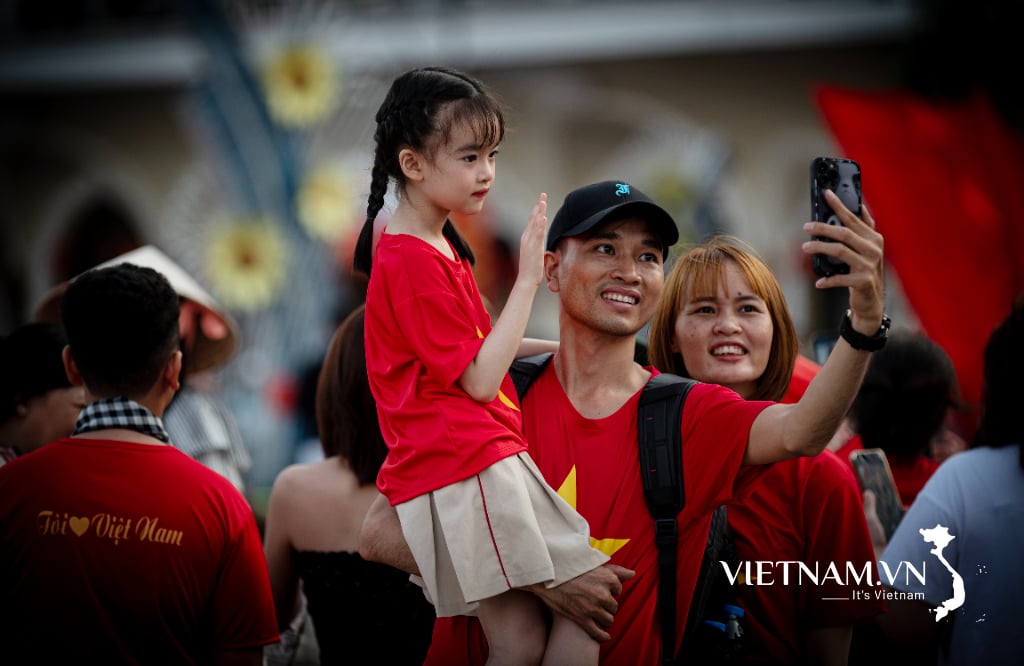
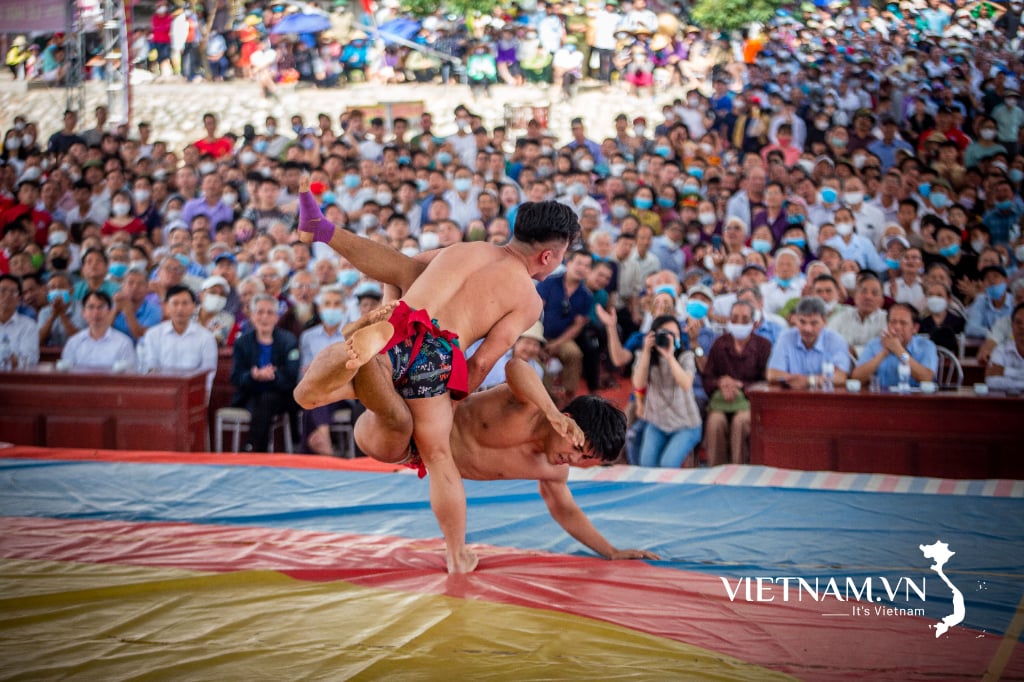


Comment (0)